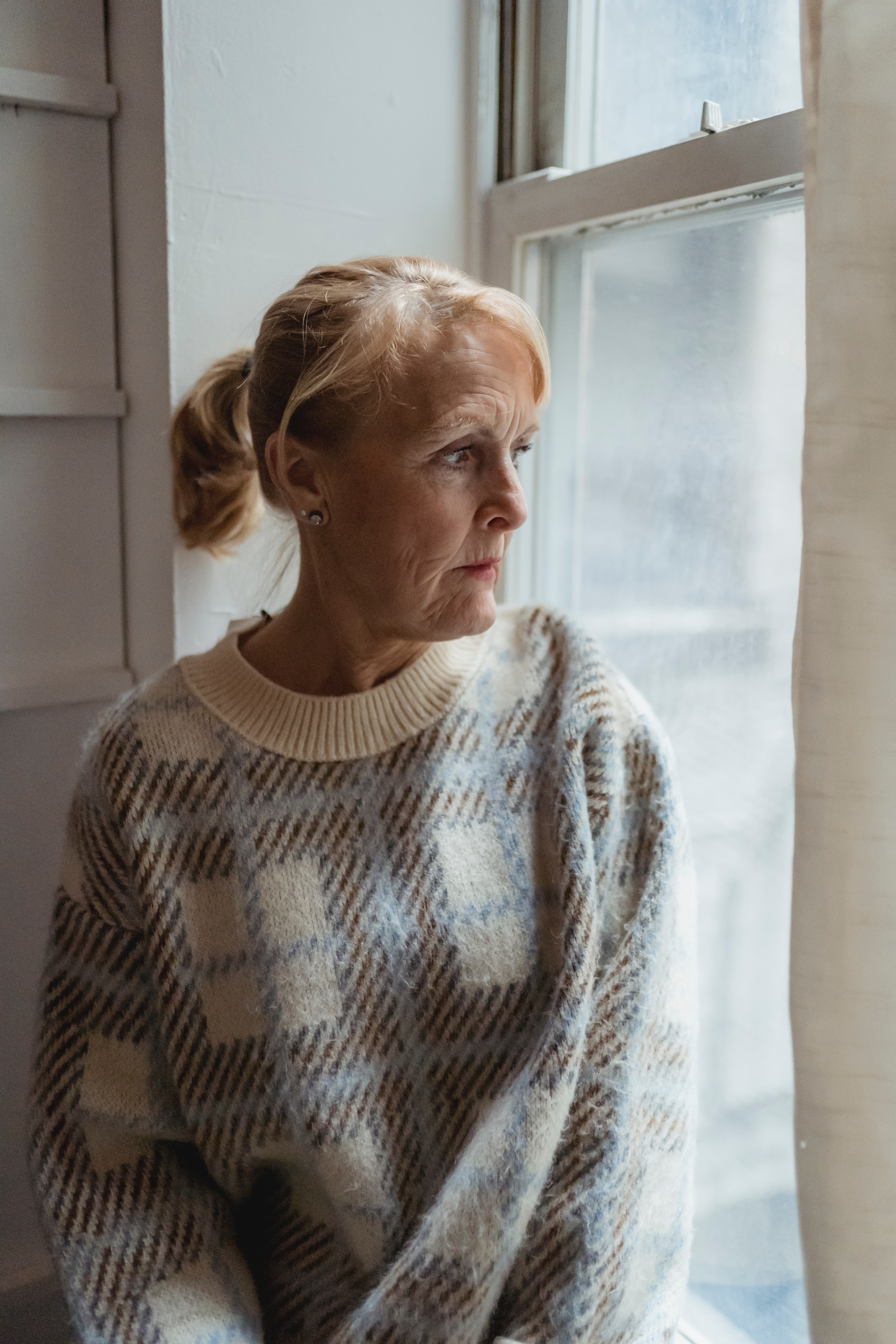Although many older adults require some assistance with daily tasks, there are options for senior home care. From assisted living facilities to accessible homes, Woodland Realty offers three common considerations that address seniors’ unique home living needs.
Considering Senior-Accessible Homes
Myths about seniors living alone often influence families’ decisions to move their parents or relatives into their own homes, says AARP. However, for seniors who want to maintain their independence, moving with family isn’t ideal. An accessible home can provide the safety and assurance families need while allowing occupants to continue to live privately.
Accessibility Features for Seniors
A senior-accessible home might tick all the boxes for your needs. Accessibility features include both indoor and outdoor features to avoid accidents and make daily living easier. In an accessible home, you might find:
-
Entrance and exit ramps
-
Handrails along stairways and grab bars in bathrooms (which typically start at around $8 for the more basic models that require simple installation)
-
Non-slip flooring
-
Wider doorways to accommodate walkers and wheelchairs
-
Stairlifts (or a lack of stairs)
-
Lower countertops and appliances
Fortunately, you can add many of these elements to an existing home. Of course, buying a new home is also an option. Newer homes are more likely to incorporate universal design, which addresses mobility and safety concerns, and it can make accessibility nearly invisible.
Universal design addresses all types of accessibility needs and spans features like:
-
Open space underneath counters and cooktops
-
Pull knobs on cabinets/drawers instead of handles
-
Lever handles instead of doorknobs
Know Your Local Housing Market
Whether you plan to buy a new home or make modifications to your current house, knowing the local market is essential. You can find out how much comparable homes in your area cost to determine at what price point to list your home. Similarly, you can compare prices and home features while looking for a new home.
Researching the local housing market also gives you an accurate idea of how much your new house payment (and down payment) will be. If you are downsizing, comparing house sizes and costs helps establish what you can afford. For instance, in Atlanta, the average sale price of homes over the past 30 days was $325,000, homes selling in around 40 days.
Buying an Accessible Home
While purchasing a new home later in life can be daunting, it’s often an excellent step to preserve independent living. If your home has multiple sets of stairs, for example, you may look for homes that have a single level instead.
Similarly, homes with narrow doorways and hallways, inaccessible terrain, and hard-to-reach appliances can be nearly impossible to modify. Therefore, buying a new home is an easier and often quicker solution. In many cases, it can be nearly impossible — or simply impractical — to make your existing home wheelchair friendly, for example.
Installing Senior-Friendly Modifications
“Aging in place,” a term which describes seniors remaining in their own homes, is preferable for many individuals. Community and professional support can make aging in place possible, even for people who require personal care or household chore assistance.
However, a huge aspect involved with remaining in your home is ensuring you can get around safely. And because over 95 percent of homes lack aging-in-place measures, modifying your current home could be a helpful alternative to moving. Plus, grant programs for home modifications can help offset or eliminate costs.
Contemplate Assisted Living Facilities
Living alone may not be ideal for every senior. In fact, Merck highlights that older people who live alone are susceptible to challenges. For example, seniors who live alone are less likely to eat nutritious meals or have trouble following directions for medications and health treatments.
Because living alone also poses health risks, particularly for seniors with mobility challenges, an assisted living community may be the right choice. In contrast with nursing homes, assisted living communities provide recreational opportunities and community engagement. At the same time, they also offer support for daily living and health needs. However, individuals with more advanced medical needs may need another type of care.
Choosing how to address senior home care depends on many factors. Finances can dictate whether home modifications are affordable or whether assisted living is too steep a cost. Each senior’s unique health care needs also influence the final decision — but the individual’s opinion is perhaps the most crucial consideration of all.
Whether you need to buy a smaller home or sell your current home, Woodland Realty can help. Reach out today to connect with one of our experienced real estate professionals.


